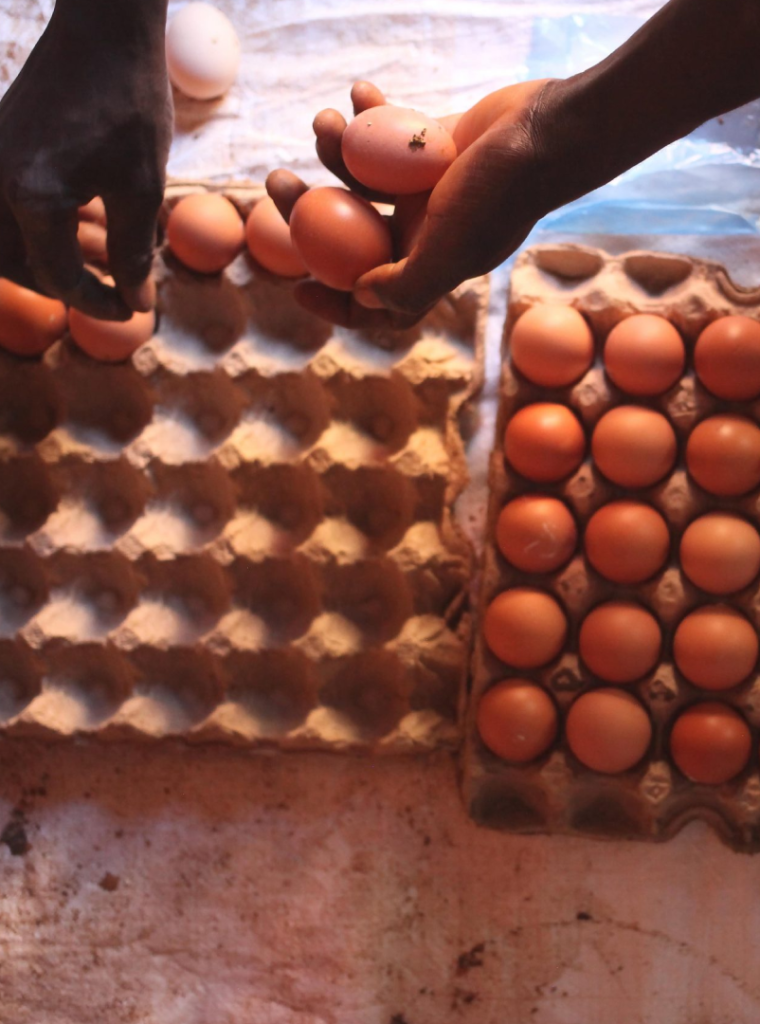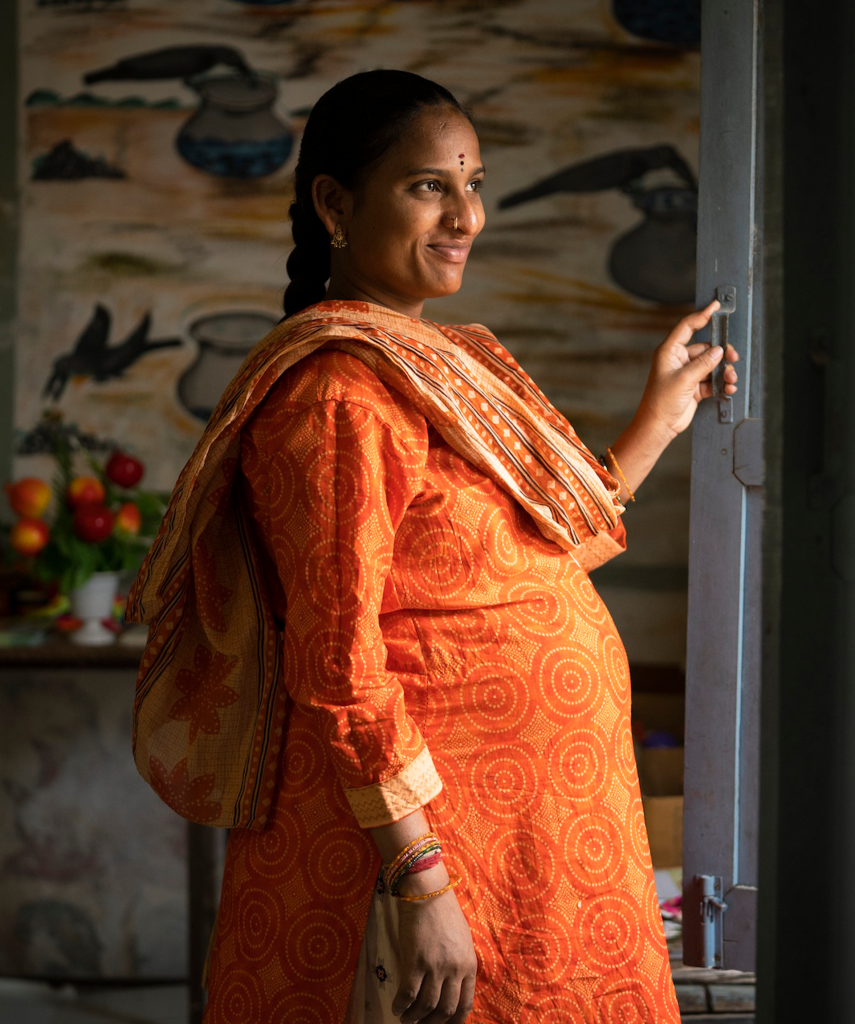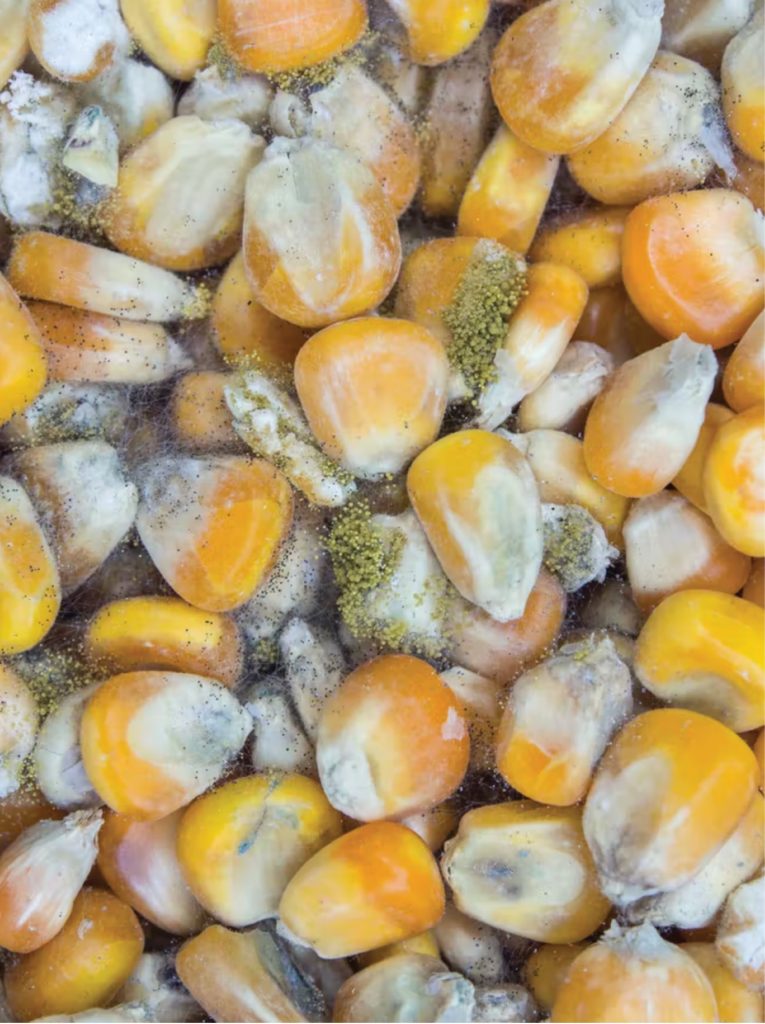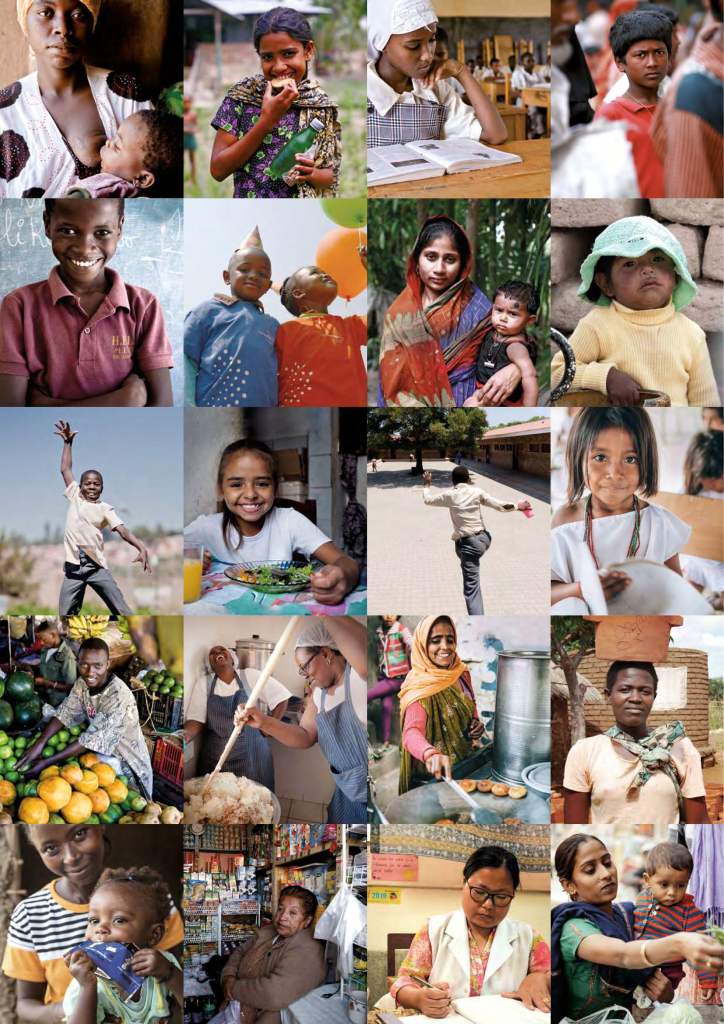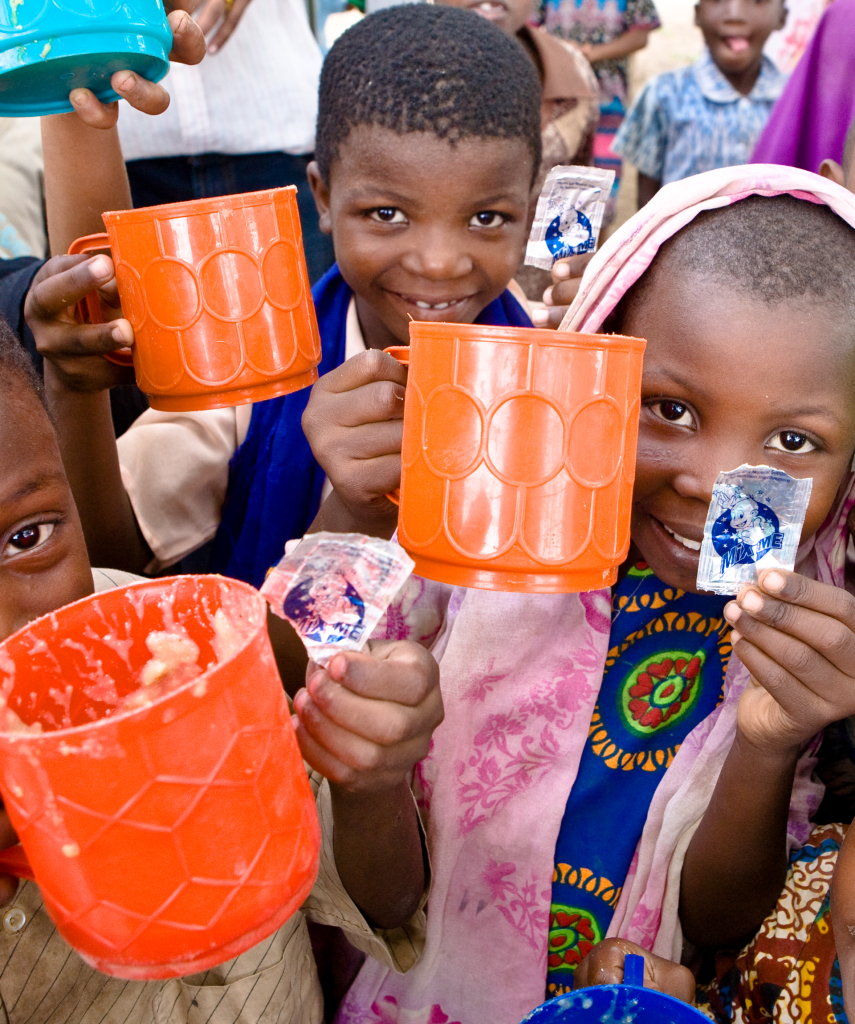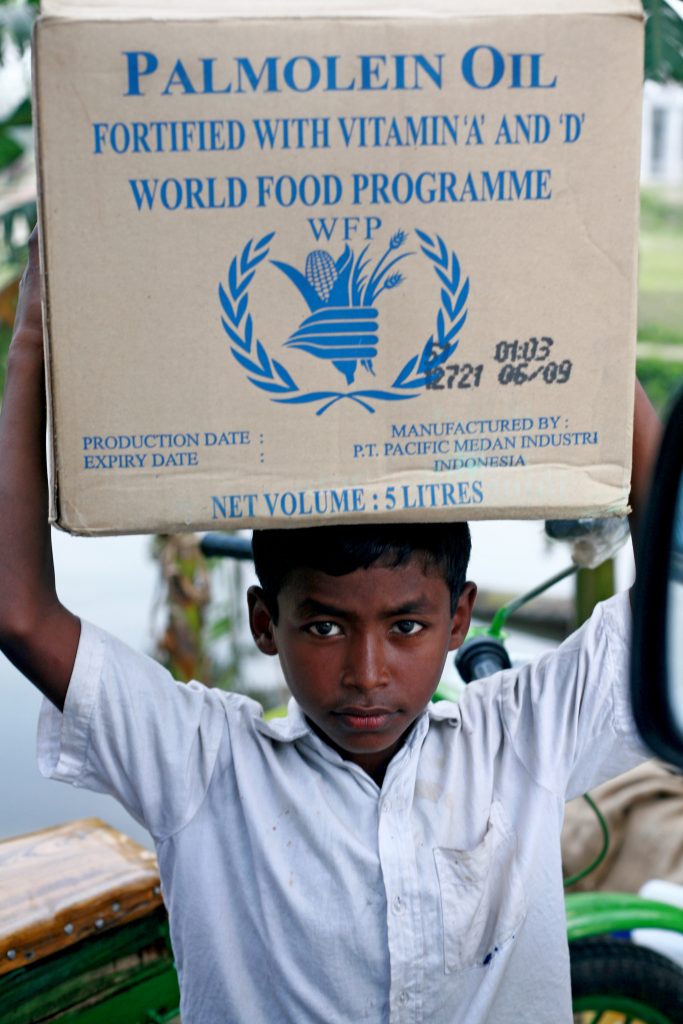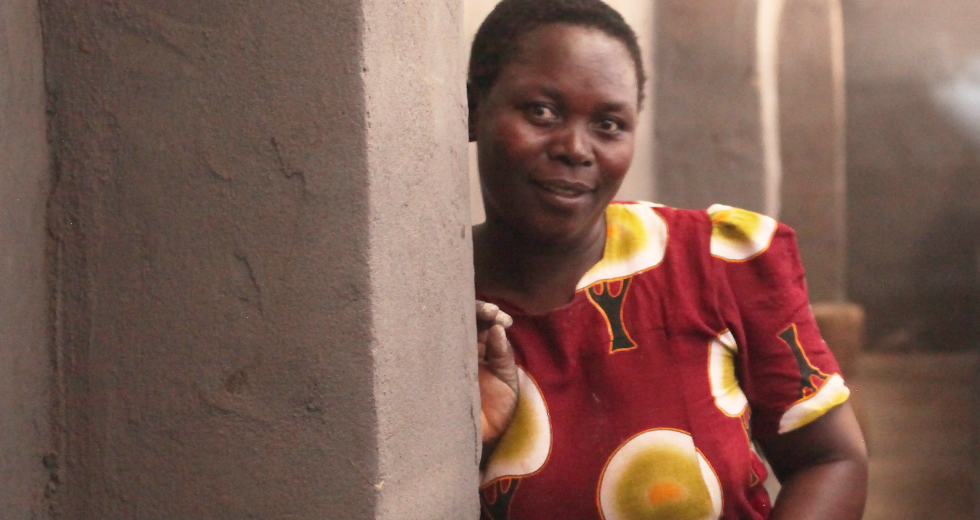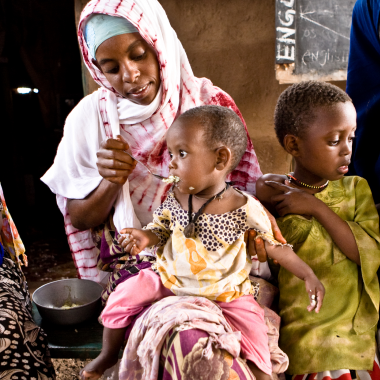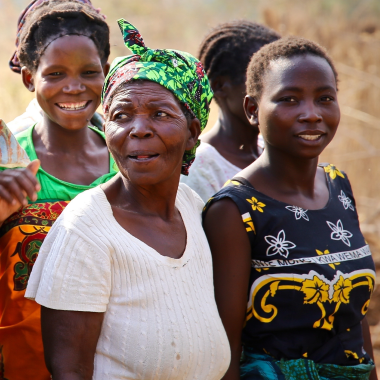Advancing new frontiers by tackling heavy menstrual bleeding and its impact on iron deficiency and anemia in adolescent girls
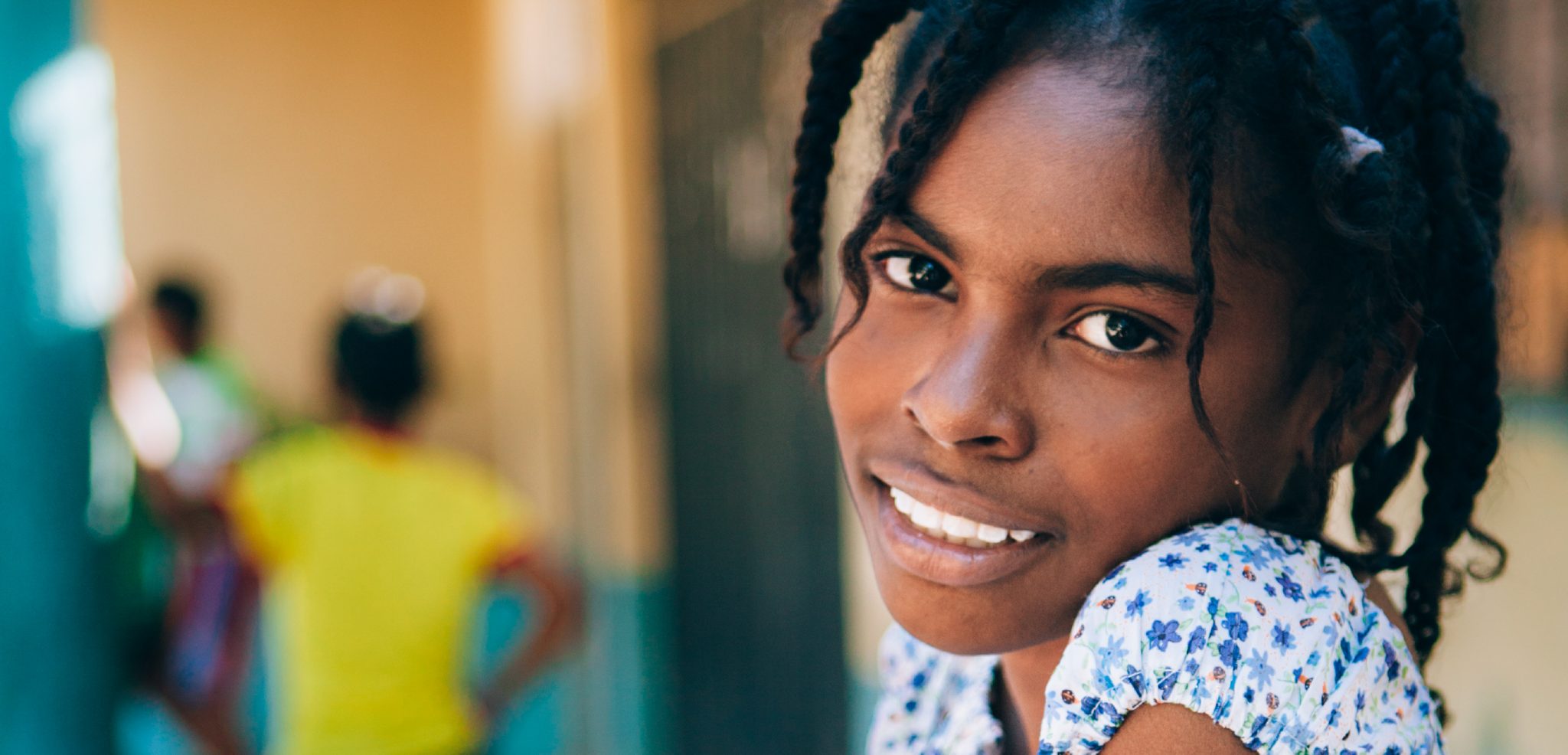
According to the WHO, anemia is the number 1 global cause of lost Disability Adjusted Life Years for boys and girls 10 to 14 years of age, and girls 15 to 19 years of age. While anemia reduction efforts have largely focused on increasing iron intake by promoting the consumption of iron-rich foods, and food fortification with iron, iron supplementation, and biofortification, not enough attention has been paid to preventing iron loss due to heavy menstrual bleeding.
Heavy menses often causes iron deficiency, anemia, and fatigue among adolescent girls. This in turn hampers daily activities and access to education and adversely impacts the quality of life and psychosocial health.
The need for an alternative approach led us to advocate for interventions to reduce menstrual blood loss. We believe that anemia reduction strategies which also look into menstrual complaints would be more attractive to adolescents and positively impact their quality of life. A stronger focus on menstrual health and menstrual blood loss would also help us better ascertain the contribution of menstrual iron loss to iron deficiency and iron deficiency anemia. We, along with our partners, have been awarded a 4-year grant by the Swiss National Science Foundation (SNSF) to conduct research on this topic among adolescent girls in Malawi.
More impact stories we are proud of
Discover more
What we do
Discover the principles and work that shape our impact
Why tackle malnutrition
Understand how malnutrition affects our collective future
Our projects
Explore our innovative work to close the nutrition gap across LMICs
Global footprint
Discover our key projects across the world
